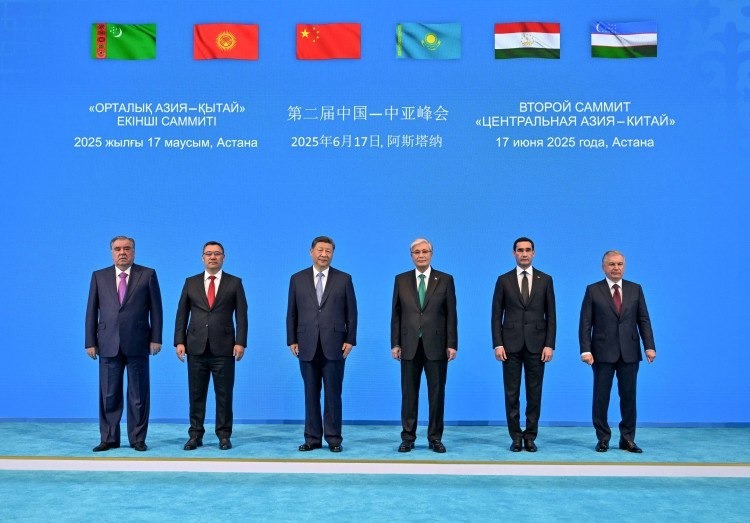Sunday, June 1, was described by some Russian commentators as the country’s own “Pearl Harbor” following a Ukrainian drone offensive that struck multiple Russian military airfields. Dubbed Operation Spider’s Web, the strikes, targeting air bases in Murmansk, Irkutsk, Ivanovo, Ryazan, and Amur regions were carried out by Ukraine’s Security Service (SBU) and sent shockwaves through Russian society.
As criticism mounted over the failures of Russia’s air defense and intelligence apparatus, some voices in Russia began directing attention toward Kazakhstan, attempting to link it, however tenuously, to the Ukrainian operation.
The Operation and Its Tactics
The Russian Ministry of Defense confirmed the June 1 drone attacks but reported fires at only two bases, in Murmansk and Irkutsk, with no casualties. Ukrainian President Volodymyr Zelensky hailed the operation as an “absolutely brilliant result,” emphasizing that it had been in development for 18 months.
The method of using vehicles disguised as civilian freight, such as trucks carrying wooden houses filled with drones, was not new. Russian special services have previously intercepted similar transport efforts, and some military bloggers had already documented such tactics.
Kazakhstan’s Alleged Involvement
According to the Russian authorities, operational preparations for the June 1 attack began in December 2024. Officials in Irkutsk announced a manhunt for 37-year-old Artem Timofeev, a Ukrainian former DJ suspected of organizing the drone launches from vehicles registered to him. Timofeev’s background remains murky: while some sources say he was born in Zhytomyr, others claim Donetsk. He reportedly lived in Kyiv before relocating to Russia’s Chelyabinsk region.
The only known connection to Kazakhstan is unconfirmed reports of Timofeev’s departure – along with his wife, an erotic fiction writer – to Astana just days before the strikes. This limited detail, however, fueled speculation on Russian Telegram channels that drone components may have entered Russia via Kazakhstan or that its proximity made it a convenient staging point, with one baselessly claiming that “All the spare parts and explosives arrived via fraternal Kazakhstan.”
Official Response from Kazakhstan
Kazakh officials quickly dismissed these allegations. Foreign Ministry spokesperson Aibek Smadiyarov stated, “There is no official confirmation of this. I will leave it to the theorists among our experts. I cannot comment on conspiracy theories and all sorts of mysteries.”
Mazhilis deputy Konstantin Avershin characterized the accusations as “information sabotage” aimed at destabilizing Kazakhstan’s relations with Russia. “I regularly visit such production facilities and can officially state that neither components nor finished products could have fallen into the wrong hands,” he said.
Military analyst and retired colonel Darkhan Daniyarov echoed this view, calling the allegations external propaganda. “Kazakhstan complies with all international norms, ensures transparent export controls, and remains a supporter of peace, neutrality, and good neighborliness,” he stated, adding that since 2022, Kazakhstan has introduced strict controls on dual-use goods to prevent their re-export for military purposes.
Former KNB Chairman Nartay Dutbayev also questioned the plausibility of the claims, stating it would be easier to obtain explosives within Russia than to smuggle them from Kazakhstan.
A Broader Narrative
Accusations implicating Kazakhstan in Ukrainian drone attacks are not new. In April 2024, Russian State Duma Defense Committee member Lt. Gen. Andrei Gurulev claimed that drones attacking sites in Tatarstan may have originated from Kazakhstan’s sparsely monitored steppe regions.
Such narratives reflect a broader attitude toward Kazakhstan’s territorial control emanating from Moscow. This perspective suggests a belief that Russia must intervene to “restore order” in what was once known as its “near abroad,” a notion that is increasingly being met not with apprehension, but with open irritation in Central Asia.









